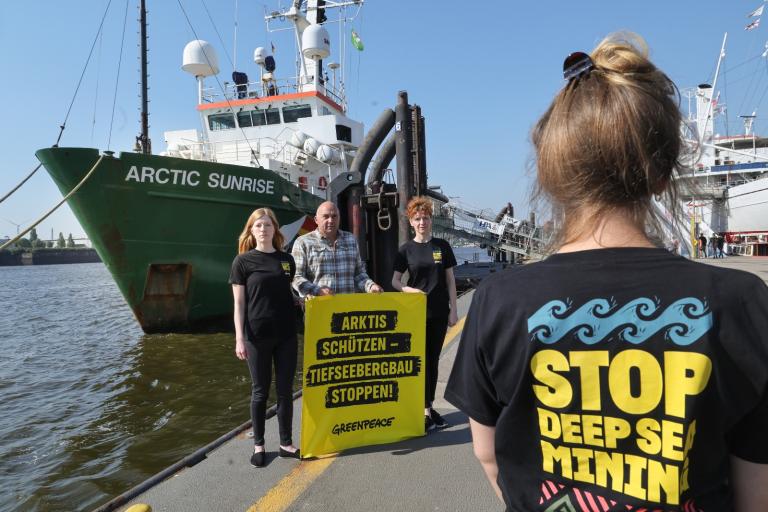According to an October 22nd story in Environment & Energy Daily (“Climate: GOP Fence Sitters Voice Concerns Over Allocations” by Darren Samuelson), several key swing-vote Senate Republicans — including Senator Lisa Murkowski, ranking member of the Energy and Natural Resources Committee — are voicing skepticism about the Senate’s Boxer-Kerry climate bill’s cap-and-trade system because of the free allocation of some of the allowances to various recipients in the private (and public) sector.
There are sound reasons for considering allocation mechanisms other than free allocation — for example, auctioning allowances (more about this below) — but the distribution of those allowances that are freely allocated need not be a great source of concern. In some respects, the new debate is repeating the confusion which was prevalent in the press and the blogosphere about the allowance allocation in the Waxman-Markey legislation in the House of Representatives (H.R. 2454).
As Denny Ellerman of MIT pointed out at the Senate Energy and Natural Resources Committee hearings earlier this week, “it is not enough to simply say that allowances should be auctioned or allocated freely. The real issue is the use to which the newly created value will be directed and the households that will thereby ultimately receive the benefit of the allowance value.” This is a point which I explained and quantified in a previous post on May 27th (“The wonderful politics of cap-and-trade: A closer look at Waxman-Markey.”)
Rather than being a “massive corporate give-away” of 80 percent of the allowances to private industry — as it was frequently characterized — the H.R. 2454 allowance allocation would result in precisely the opposite, namely, about 80 percent of the value of allowances accruing to consumers, small business, and public purposes, and some 20 percent accruing to covered, private industry (a split which is roughly consistent with the recommendations from independent economic research).
And directly to Senator Murkowski’s and others’ concern, the nature of the free allocation of allowances (who gets how many allowances) does not — with some relatively minor exceptions — affect either the environmental performance or the overall social cost of the system. (The independence of the equilibrium allowance allocation from the initial allocation in a cap-and-trade system was demonstrated by David Montgomery in a path-breaking article in 1972 in the Journal of Economic Theory, and is a more or less direct consequence of principles established by Nobel laureate Ronald Coase in 1960 in “The Problem of Social Cost.” This independence does not, however, hold in all situations, a topic which Robert Hahn and I are currently analyzing for a conference to be held at the University of Chicago in December.)
I am not talking about the decision regarding whether to freely allocate or auction the allowances. That decision certainly can affect aggregate social costs, because if some of the allowances are auctioned and if the revenue thereby generated is used to cut distortionary taxes, then the social cost of the overall policy (cap-and-trade plus tax cut) can be less than it would be if the allowances were freely allocated. This is a well-known distinction both from theory and empirical analysis, with much of the relevant academic work having been done by Stanford University Professor Lawrence Goulder.
Many economists have long favored a system whereby allowances are auctioned and the auction revenue is used to cut distortionary taxes (on capital and/or labor), thereby reducing the net social cost of the policy. But recent interest by Senate Energy and Natural Resources Committee Chairman Jeff Bingaman (D-N.M.) and others seems to be moving in the direction of a so-called “cap-and-dividend” approach. In such a system (which was originally raised several years ago in the “Sky Trust” proposal), all allowances would be auctioned to complying firms, and the auction revenue distributed to U.S. households on a per capita basis. This can address some of the distributional issues that would be raised by using the auction revenue to fund tax cuts (which could favor higher income households), but it would eliminate the efficiency (cost-effectiveness) gains associated with the tax cut approach.
In general, there are sound reasons to seek to compensate consumers for the energy prices increases that will be brought about by a cap-and-trade system for climate change, but it is important not to insulate consumers from those price increases (which — as Professor Gilbert Metcalf of Tufts University pointed out at the Senate hearings — dilutes the price signal and thereby reduces the effectiveness and drives up the cost of the overall policy). So, in my language, “compensation” is fine, but “insulation” is not.
Distinct from that issue, however, is the politically salient question of how to distribute (that is, who gets) those allowances which are freely allocated. This is the issue on which I have focused. In this regard, the deal-making that took place in the House and will take place in the Senate for shares of the free allowances is an example of the useful, important, and fundamentally benign mechanism through which a cap-and-trade system provides the means for a political constituency of support and action to be assembled (without reducing the policy’s effectiveness or driving up its cost).


